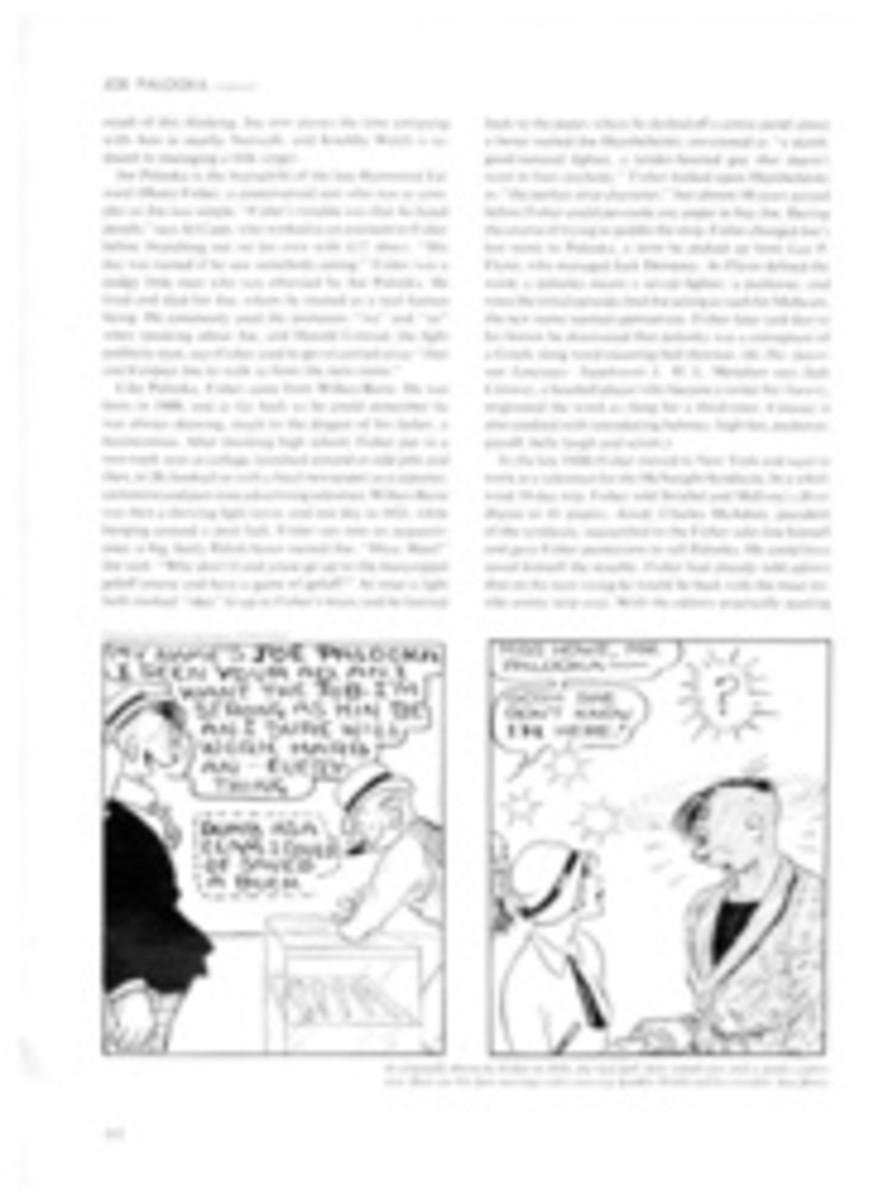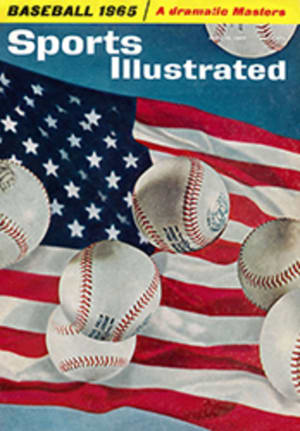
KANSAS CITY ATHLETICS
HITTING
"We are doing everything possible to build a championship team," said Mr. Charles O. Finley, owner of the Kansas City Athletics, as he revealed his secret plan for 1965. Maybe that explains the mysterious happenings of the off season. First the outfield fences that were just an ax length beyond the infield were chopped down and moved back. Way back. Way, way back. And big slugger Rocky Colavito (34 HRs, 102 RBIs), who was capable of reaching the fences under any circumstances, was traded away for a pitcher and Mike Hershberger and Jim Landis, outfielders who hit .230 and .208 for the White Sox last year (Hershberger had two home runs, Landis one). "Last season we tried to club the opposition to death," explained General Manager Pat Friday, "and the results were very bad." Finley's theory now becomes clear. Though Hershberger and Landis cannot hit, they can field, and with the fences moved back halfway across the state of Missouri the pitchers won't have nervous breakdowns every time they let go of the ball. "Defense, pitching and speed," said Manager Mel McGaha. "That's the way I like to play it." That was the first plank in Finley's program for building a championship. Plank 2 was the retirement of the sheep that used to graze behind the right-field fence ("They ain't performed," Finley said) and the installation in their place of a 1,265-pound mule named Charlie O. Charlie O—the mule, not the owner—will be brought to the other American League ball parks in a trailer equipped with air conditioning and radio. "If that doesn't satisfy him I'll install a television set," said Finley. Wait, there's more. For plank 3 Finley traded his bat boy for a bat girl and for plank 4 he purchased an assortment of animals that he evidently will push into action when they are needed. ("First guy in checks the dugout for alligators," says Shortstop Wayne Causey.) Obviously Finley is serious about this championship business.
The Athletics' other big power hitter last year (28 HRs) was Gentle Jim Gentile, who drew the short straw and remained in Kansas City. Finley promised Jim a bonus last season if he hit a big mess of home runs, and "When you're swinging at $1,000 a swing," said Gentile, "baby, you gotta swing." Now, with a straight face, Jim says, "I'd rather play for a defensive club. It's more fun." At least Gentile will not feel this season that every swing is a financial crisis. Wayne Causey's respectable .281 average will not hurt what attack the A's can muster, and Third Baseman Ed Charles is a better hitter than his .241 average would lead one to believe. The best hitter of all may be Second Baseman Dick Green, who for a while last year swung at every pitch as though he, too, was being paid to hit home runs. "Easy, boy, easy," McGaha told him, but to no avail. Then Green, hitting a futile .201 at the time, jammed one thumb diving into a base and jammed the other thumb hitting a pitch off his fists. Out of sheer necessity—and pain—he had to cut down on his swing. From mid-June Green hit at a .320 clip (lifting his season's average to .264) and, presumably, he understands now what McGaha meant.
PITCHING
"Our pitching was real bad on paper," said McGaha, and he might have added it was real bad in hotel lobbies, movie theaters and restaurants, too, not to mention ball parks. K.C. pitchers gave up more walks, more hits, more runs, more home runs and hit more batters than any other staff in the majors. They also had the fewest complete games (18). "We couldn't change things on paper," McGaha continued, "but we could move the fences back." Actually McGaha did change things on paper, too: Fred Talbot, the pitcher the A's got in the Colavito trade, is a good one. Diego Segui lost more than twice as many as he won (8-17), but his problem stems less from what he throws than how he throws, especially with runners on base. If a little flag were to pop up saying "go," it could not be more inviting for steal-conscious base runners. "Then when they do steal one," says Segui, "I get mad and forget how to pitch." Orlando Pena won nearly as often as he lost (12-14) and he, along with Moe Drabowsky, will be among those who start games. Wes Stock, who had a 1.94 ERA, and John Wyatt, who appeared in more games in one season than any other pitcher in history (81), give the A's a first-class bullpen.
FIELDING
Most of that fuss last winter was about fielding—yes, they were last in the league in fielding, too—and the Athletics no doubt improved themselves with Hershberger and Landis, who are both outstanding. Tom Reynolds (.313 at Birmingham), who won the left-field spot in spring training with his bat, is a fair fielder. Nelson Mathews and Dagoberto Campaneris, a shortstop by trade, will be in reserve. Causey makes the plays at shortstop with a minimum of showboating, and Green covers as much ground as any second baseman in the league. Charles and Gentile are sound at the corners. Bill Bryan and Doc Edwards will share the catching, though neither is likely to replace Elston Howard on the All-Star team.
OUTLOOK
The Athletics have a good infield and a very impressive mule, but neither does much to change the conviction that this is a solid last-place club.
[originallink:10525906:43199]

